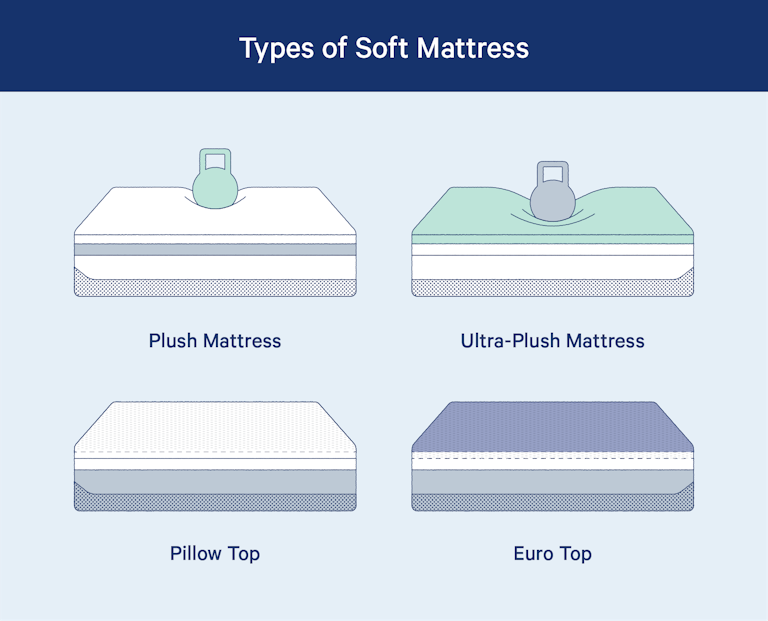Consumer Product Safety Commission (CPSC) Crib Mattress Safety Standards
The Consumer Product Safety Commission (CPSC) is a government agency that sets safety standards for various consumer products, including crib mattresses. In order for a crib mattress to be sold in the United States, it must meet the safety requirements set by the CPSC. These standards cover aspects such as firmness, flammability, and chemical regulations.
CPSC crib mattress safety standards ensure that all crib mattresses on the market are safe for infants and toddlers to use. This includes regulations on the materials used, such as non-toxic and lead-free materials, as well as specific dimensions and thickness to prevent suffocation or entrapment.
American Academy of Pediatrics (AAP) Crib Mattress Safety Guidelines
The American Academy of Pediatrics (AAP) is an organization of pediatricians committed to the health and well-being of children. They have set guidelines for crib mattress safety that are based on current research and best practices. These guidelines are meant to help parents and caregivers make informed decisions when choosing a crib mattress for their child.
AAP crib mattress safety guidelines include recommendations for the firmness and support of the mattress, as well as the importance of a snug fit in the crib. They also advise against the use of soft bedding, such as pillows and blankets, in the crib to reduce the risk of suffocation.
ASTM International Crib Mattress Safety Standards
ASTM International is a global organization that develops and publishes technical standards for various products and services. They have established safety standards for crib mattresses that are used by manufacturers to ensure their products meet certain safety requirements. These standards cover aspects such as flammability, chemical regulations, and impact resistance.
ASTM crib mattress safety standards are continuously updated to reflect the latest research and technology. They are meant to ensure that all crib mattresses on the market are safe for infants and toddlers to use, and to provide a level playing field for manufacturers to produce safe products.
JPMA Crib Mattress Safety Certification
The Juvenile Products Manufacturers Association (JPMA) is a trade organization that represents the baby products industry. They offer a voluntary certification program for crib mattresses that meet their safety standards and guidelines. A JPMA certified crib mattress has been tested by an independent laboratory and has met or exceeded the strict safety requirements set by the organization.
JPMA crib mattress safety certification is a way for parents and caregivers to easily identify safe and high-quality crib mattresses on the market. This certification can give them peace of mind when choosing a crib mattress for their child.
Greenguard Gold Certified Crib Mattresses
Greenguard Gold is a certification program that tests products for low chemical emissions. Products that are Greenguard Gold certified have been tested for over 10,000 chemicals and have met the strict emissions standards set by the organization. This includes crib mattresses, which can contain chemicals that may be harmful to infants and toddlers.
Greenguard Gold certified crib mattresses are a good option for parents who are concerned about the potential health effects of chemical emissions from their child's mattress. This certification ensures that the crib mattress has been tested for and passed strict emissions standards.
Fire Safety Requirements for Crib Mattresses
Crib mattresses are required to meet certain fire safety standards in order to be sold in the United States. These standards are set by the CPSC and ensure that crib mattresses are able to resist ignition and smoldering. This helps to reduce the risk of fire and keep infants and toddlers safe.
Fire safety requirements for crib mattresses may include using flame-retardant materials or having a specific thickness to prevent the mattress from catching fire easily. It is important for parents to choose a crib mattress that meets these standards to ensure the safety of their child.
Chemical and Toxin Regulations for Crib Mattresses
Crib mattresses may contain chemicals and toxins that can be harmful to infants and toddlers. This is why there are strict regulations in place to limit the use of these substances in crib mattresses. These regulations are set by organizations such as the CPSC and the EPA to protect children from potential health hazards.
Chemical and toxin regulations for crib mattresses may include restrictions on the use of certain flame retardants, formaldehyde, and other harmful substances. Parents and caregivers should look for crib mattresses that are low-VOC or chemical-free to ensure the safety of their child.
Proper Fit and Firmness Requirements for Crib Mattresses
A crib mattress that is too soft or too small can increase the risk of suffocation or entrapment for infants and toddlers. This is why proper fit and firmness requirements are in place for crib mattresses. The mattress should fit snugly in the crib and be firm enough to support the baby's developing body.
Proper fit and firmness requirements for crib mattresses are set by organizations such as the CPSC and the AAP. It is important for parents to follow these guidelines when choosing a crib mattress to ensure the safety and comfort of their child.
Flammability Standards for Crib Mattress Covers
In addition to the fire safety requirements for the entire crib mattress, there are also specific flammability standards for the mattress cover. The cover is the outer layer of fabric that encases the mattress and comes into direct contact with the baby's skin. These standards are set by the CPSC to ensure that the cover does not easily ignite or spread flames.
Flammability standards for crib mattress covers may include specific testing methods and requirements for the fabric and any decorative elements, such as zippers or buttons. Parents should look for crib mattresses with covers that meet these standards to ensure the safety of their child.
Recommended Age and Weight Limits for Crib Mattresses
Crib mattresses are designed to be used by infants and toddlers, but there are recommended age and weight limits to ensure the safety of the child. These limits are set by organizations such as the CPSC and the AAP and are based on the size and developmental stage of the child.
Recommended age and weight limits for crib mattresses may vary depending on the specific product, but they generally range from birth to 3 years old and a weight limit of 50 pounds. It is important for parents to follow these guidelines and transition their child to a toddler bed when they outgrow the crib mattress.
The Importance of Crib Mattress Safety Requirements
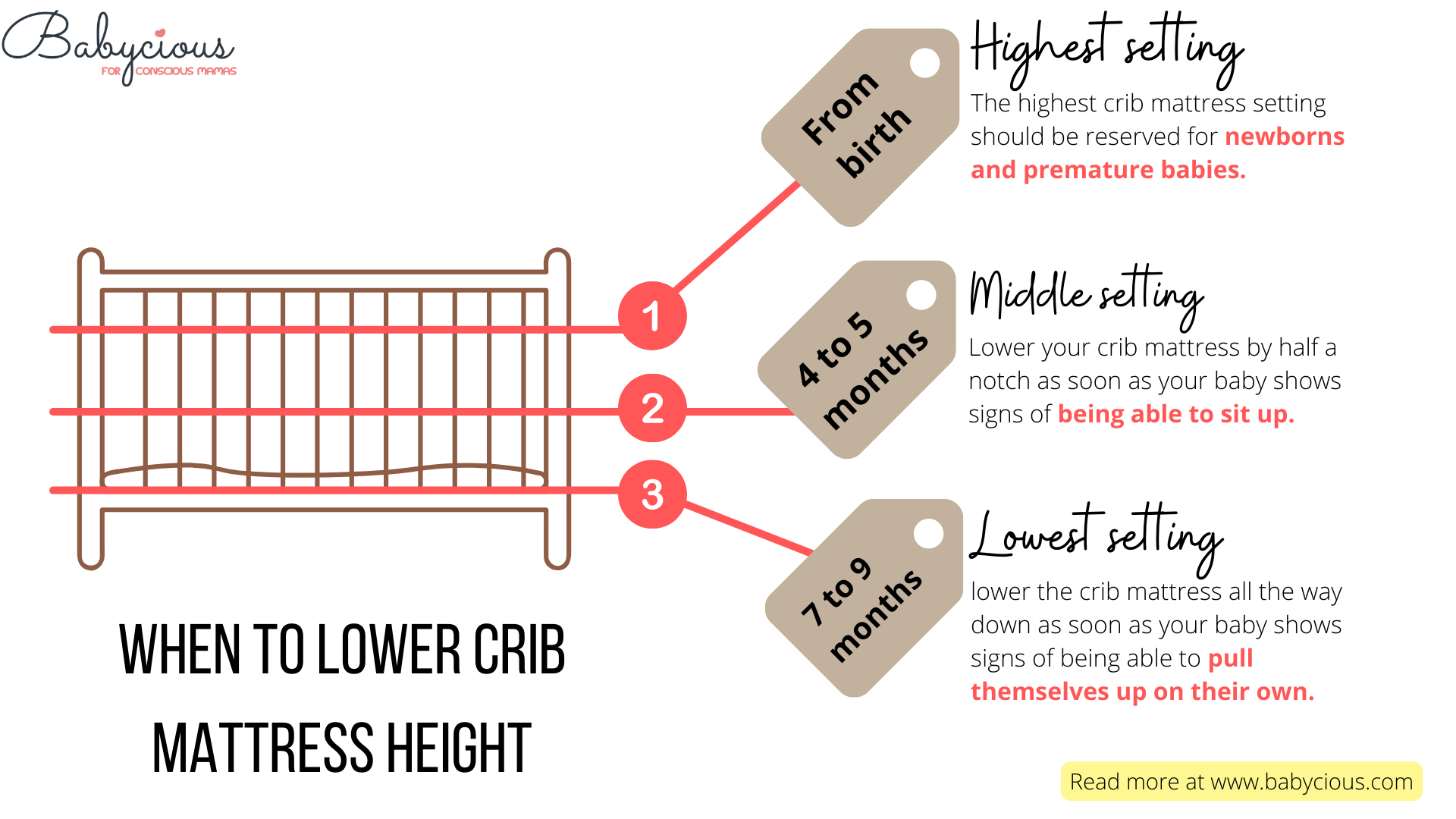
When designing a nursery for your little one, there are many important factors to consider. One of the most crucial aspects is the safety of your crib mattress . While it may seem like a simple and straightforward item, crib mattresses actually have strict safety requirements to ensure your baby's well-being.
The Risks of Non-Compliant Mattresses

According to the Consumer Product Safety Commission (CPSC) , crib mattresses that do not meet safety requirements can pose serious hazards to infants. These include suffocation, entrapment, and even Sudden Infant Death Syndrome (SIDS).
Non-compliant crib mattresses may have gaps between the mattress and the crib frame, which can lead to entrapment and suffocation. They may also be too soft, which increases the risk of suffocation if the baby's face sinks into the mattress. Additionally, crib mattresses that do not fit snugly in the crib can create gaps where the baby's limbs can get stuck, causing injury.
Understanding Safety Requirements
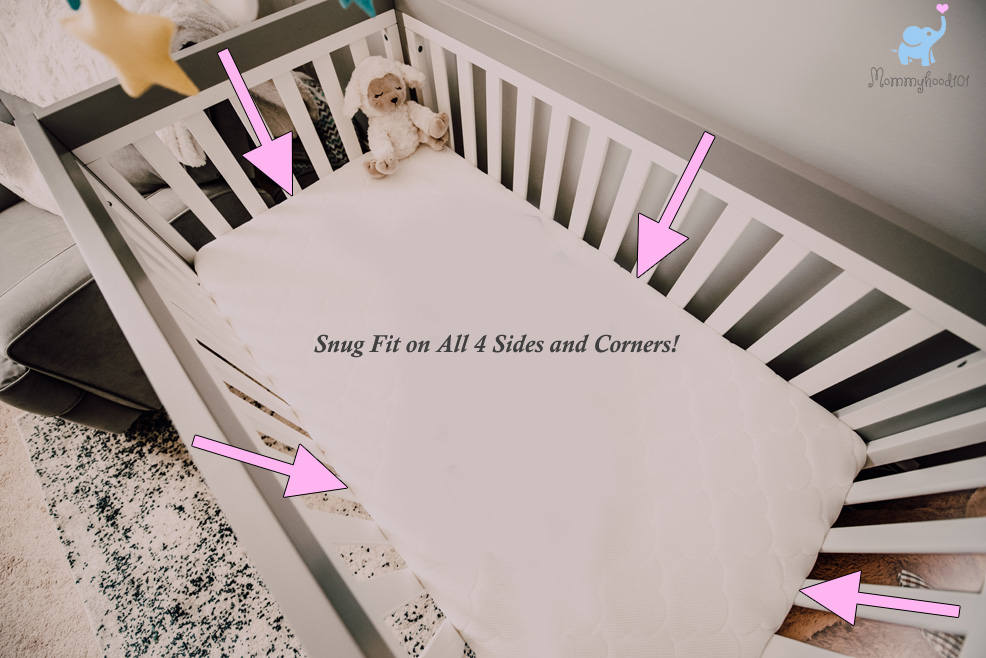
In order to ensure the safety of your baby, it is important to understand the crib mattress safety requirements . These include the size, firmness, and materials of the mattress. The CPSC requires that crib mattresses be at least 27 1/4 inches by 51 5/8 inches and no more than 6 inches thick. This ensures that the mattress fits snugly in the crib and prevents any gaps that could pose a risk to the baby.
Firmness is another important factor. The CPSC recommends that crib mattresses be firm, with a maximum indentation load deflection (ILD) of 150 pounds. This ensures that the baby's face will not sink into the mattress, reducing the risk of suffocation. Additionally, crib mattresses should be made of non-toxic materials and be free from harmful chemicals such as flame retardants.
Choosing a Safe Crib Mattress

When shopping for a crib mattress , it is important to look for labels that indicate compliance with safety standards. These may include the CPSC label, the ASTM International label, or the Consumer Product Safety Improvement Act (CPSIA) label. It is also recommended to purchase a new crib mattress rather than a used one, as older mattresses may not meet current safety requirements.
In conclusion, crib mattress safety requirements are crucial to ensure the well-being of your baby. By understanding and following these requirements, you can make an informed decision when choosing a safe crib mattress for your little one.
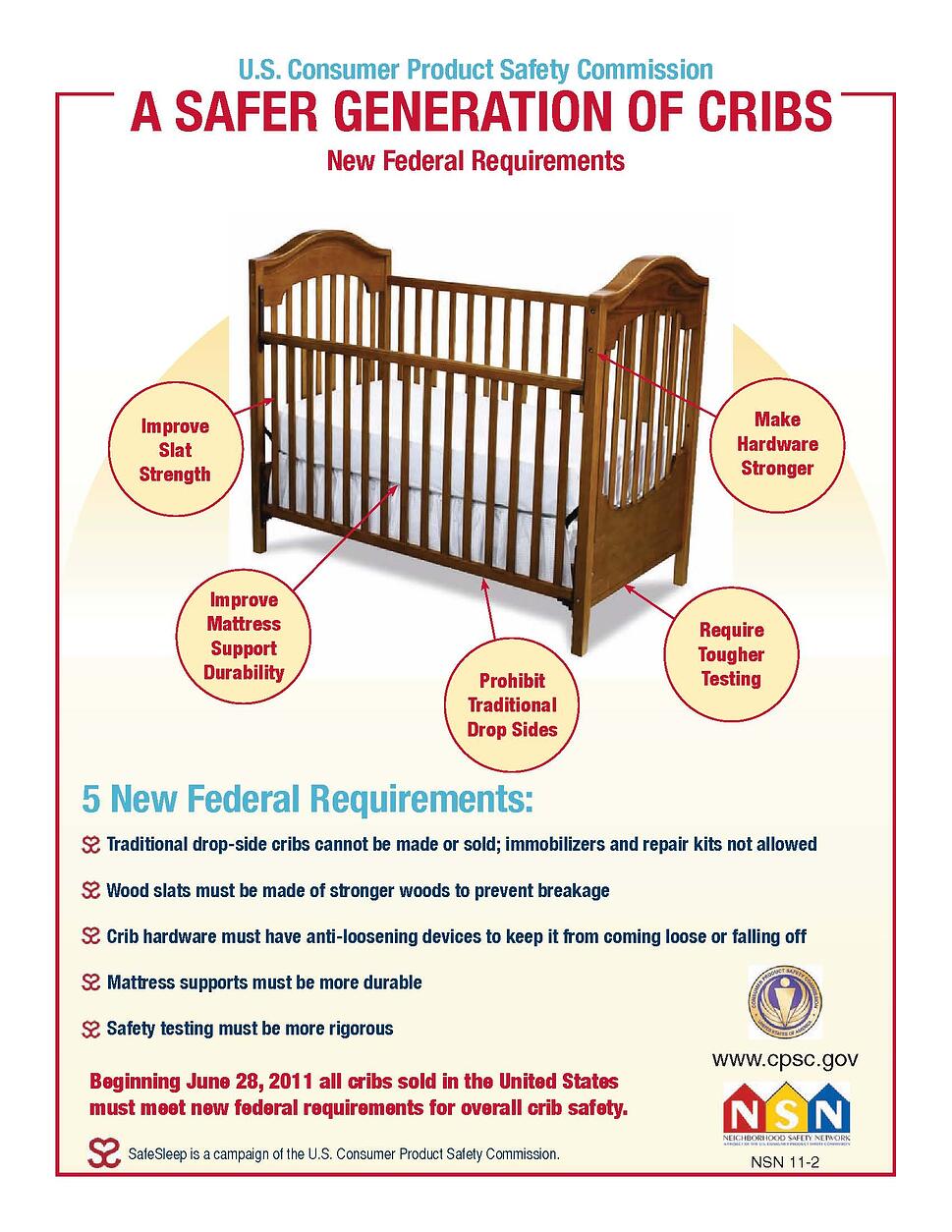




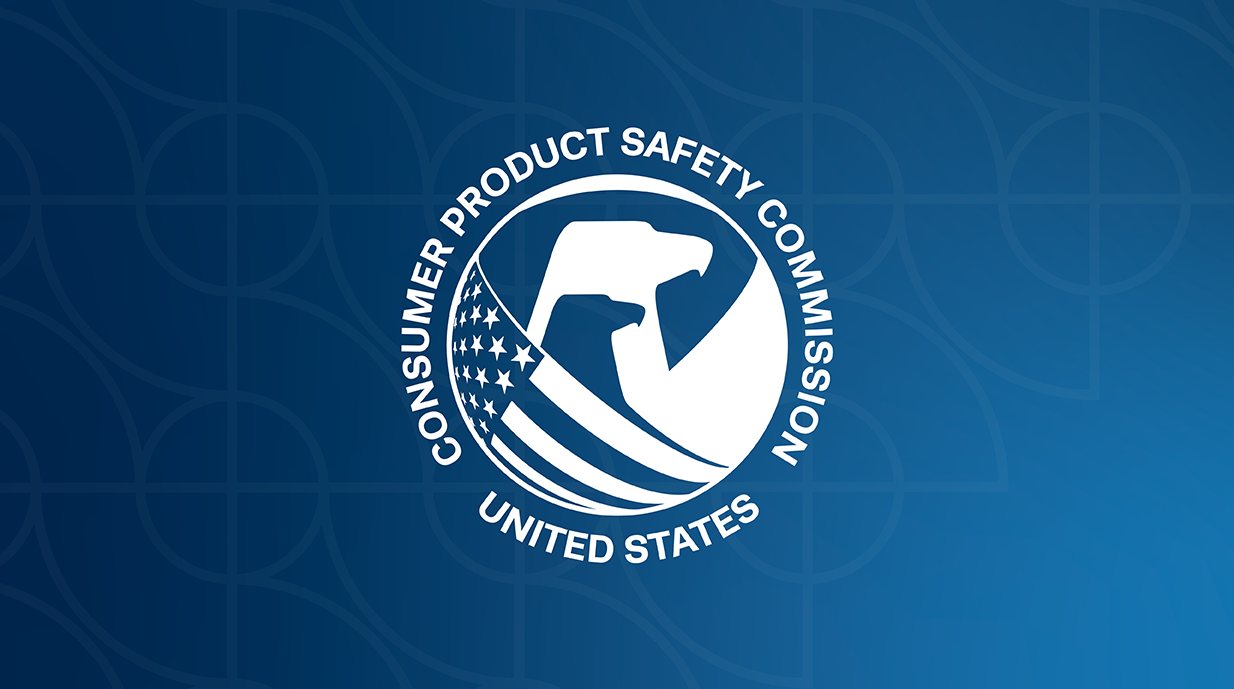
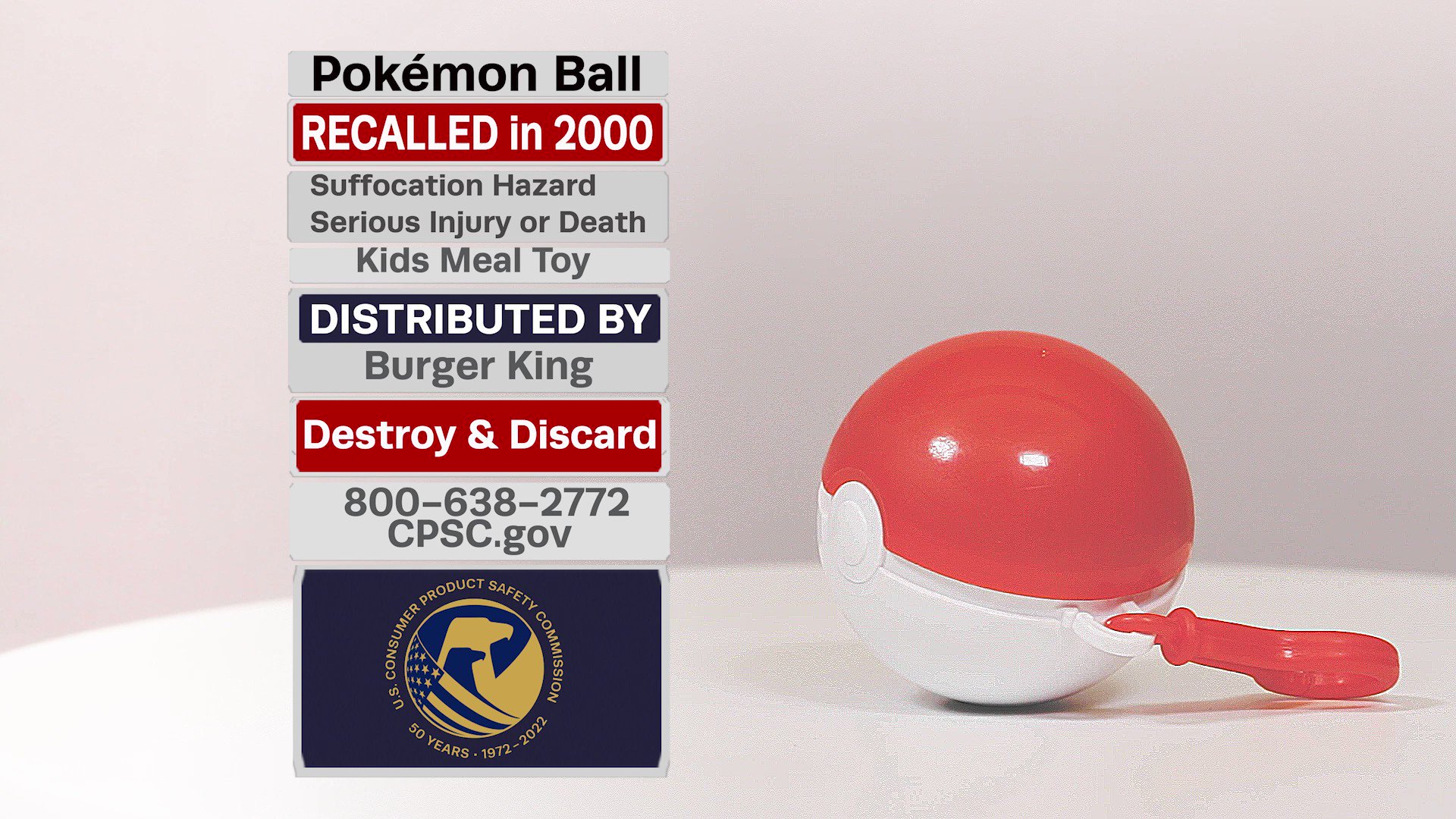
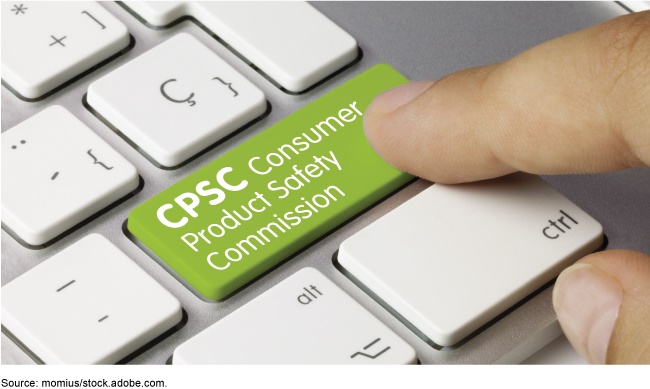
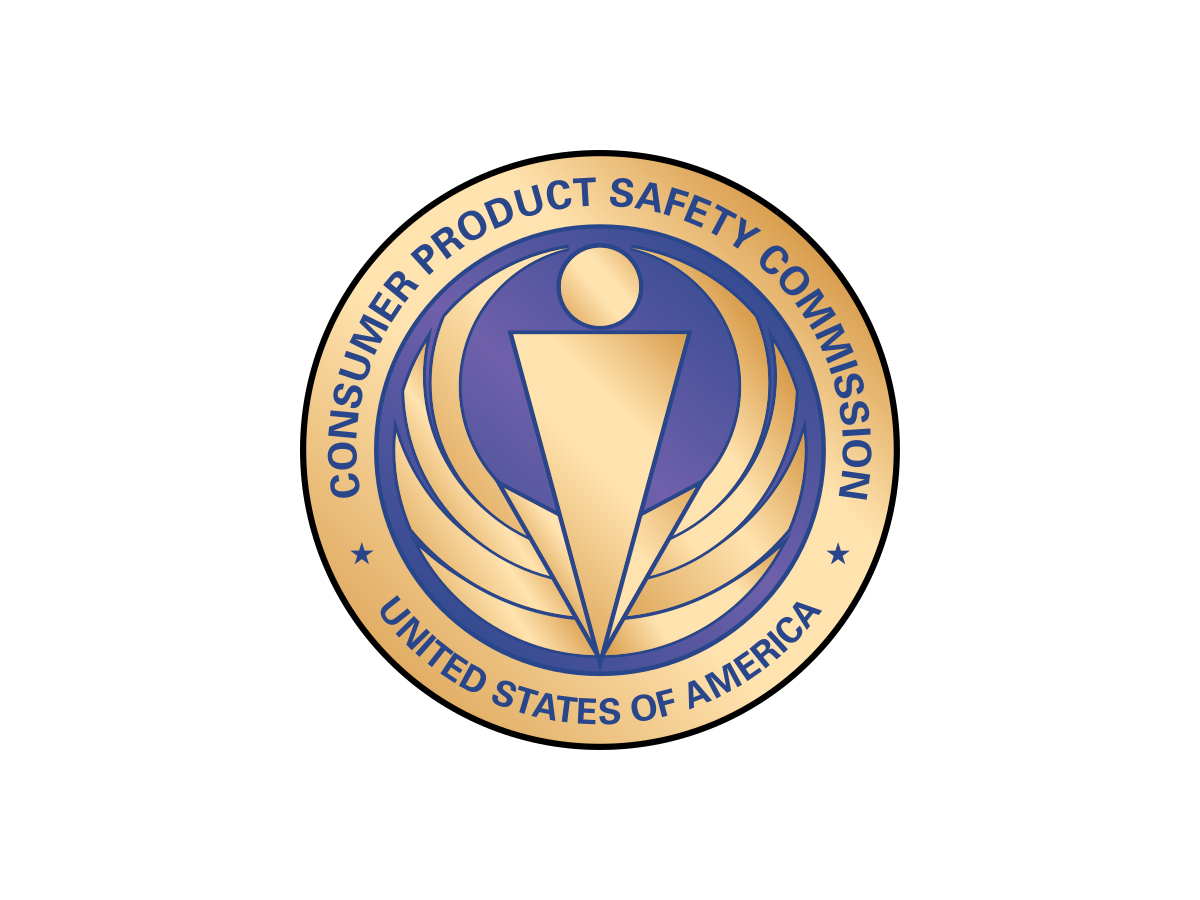
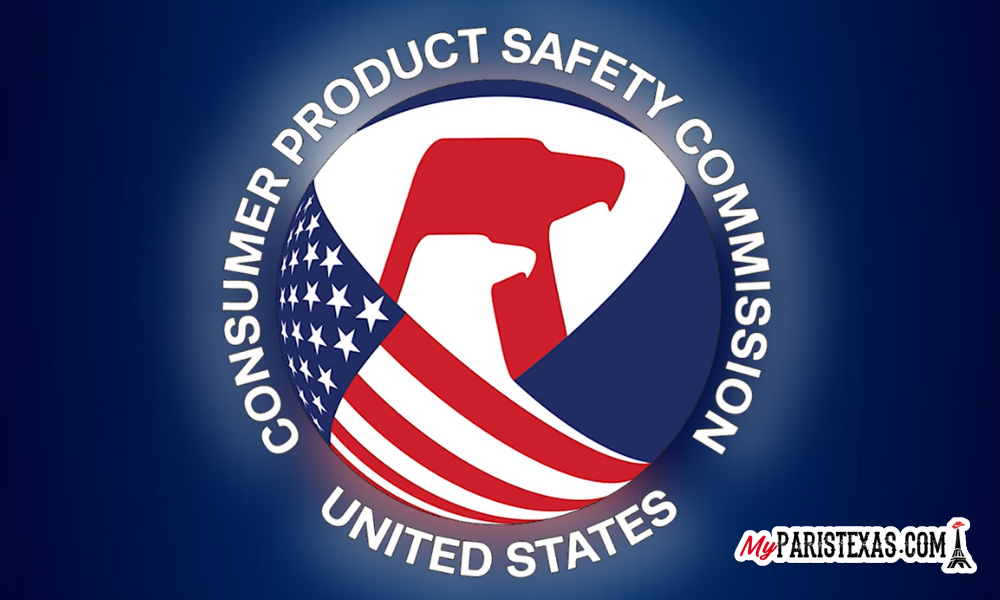


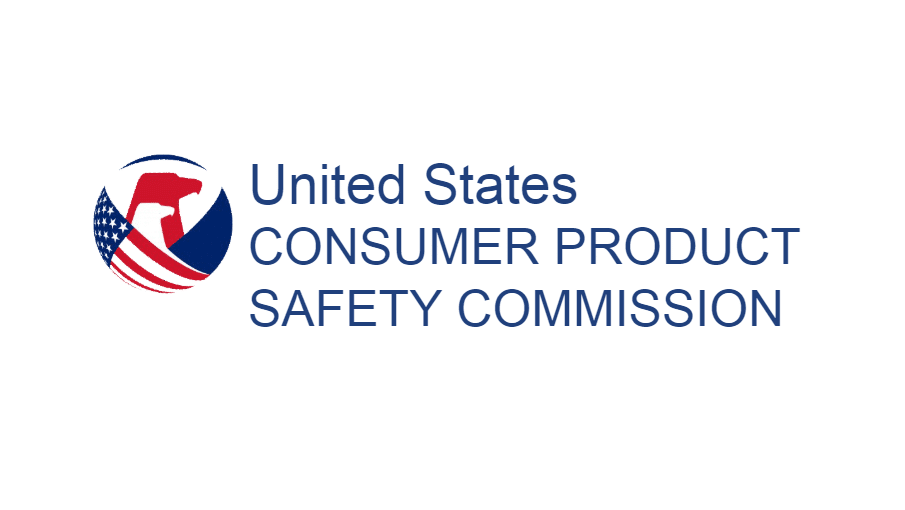







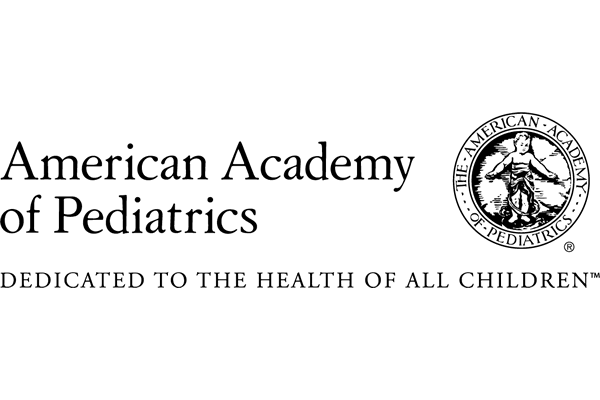



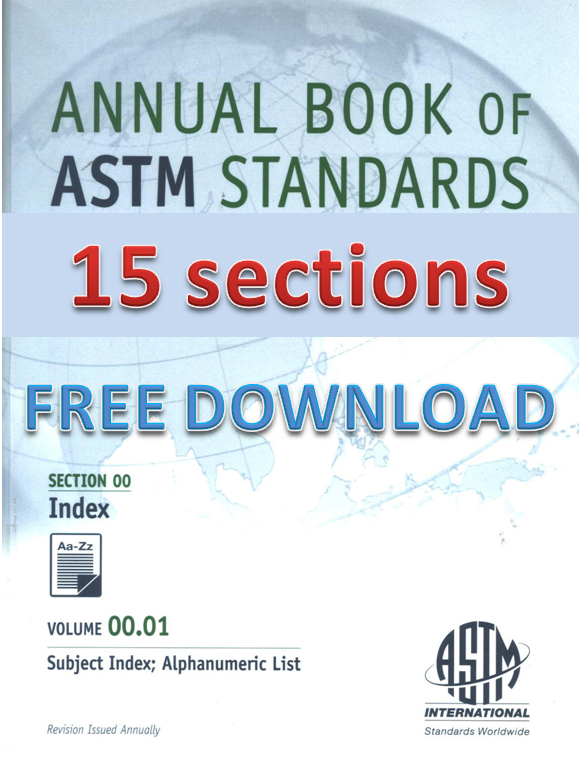
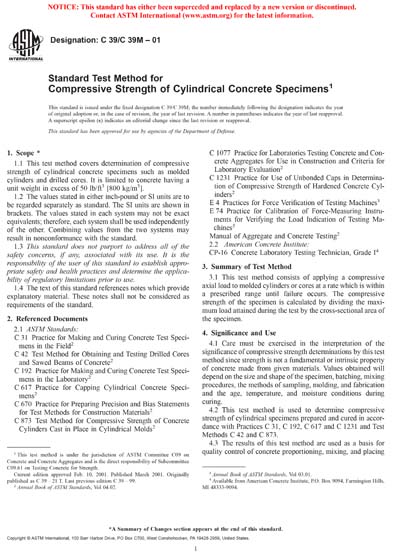

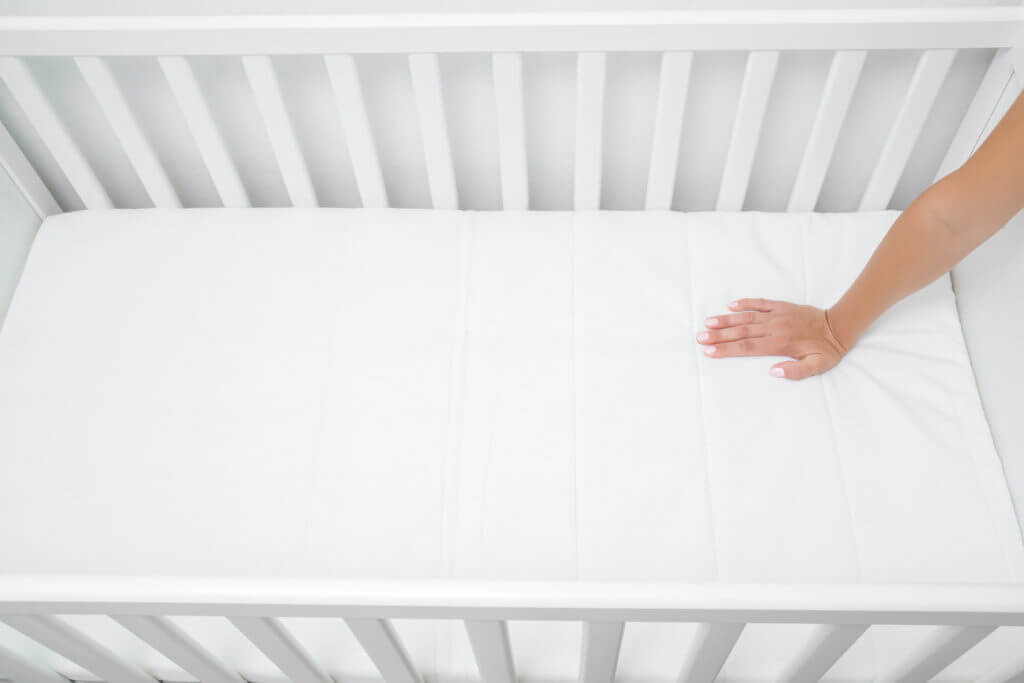

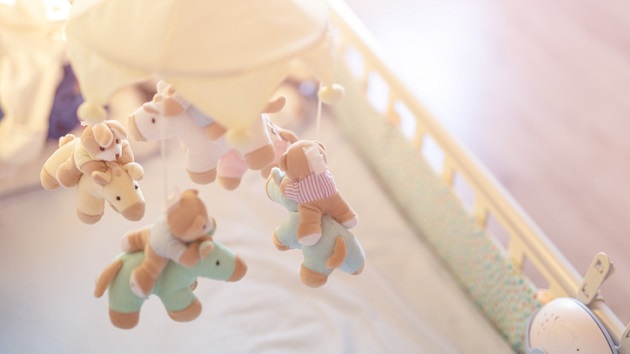

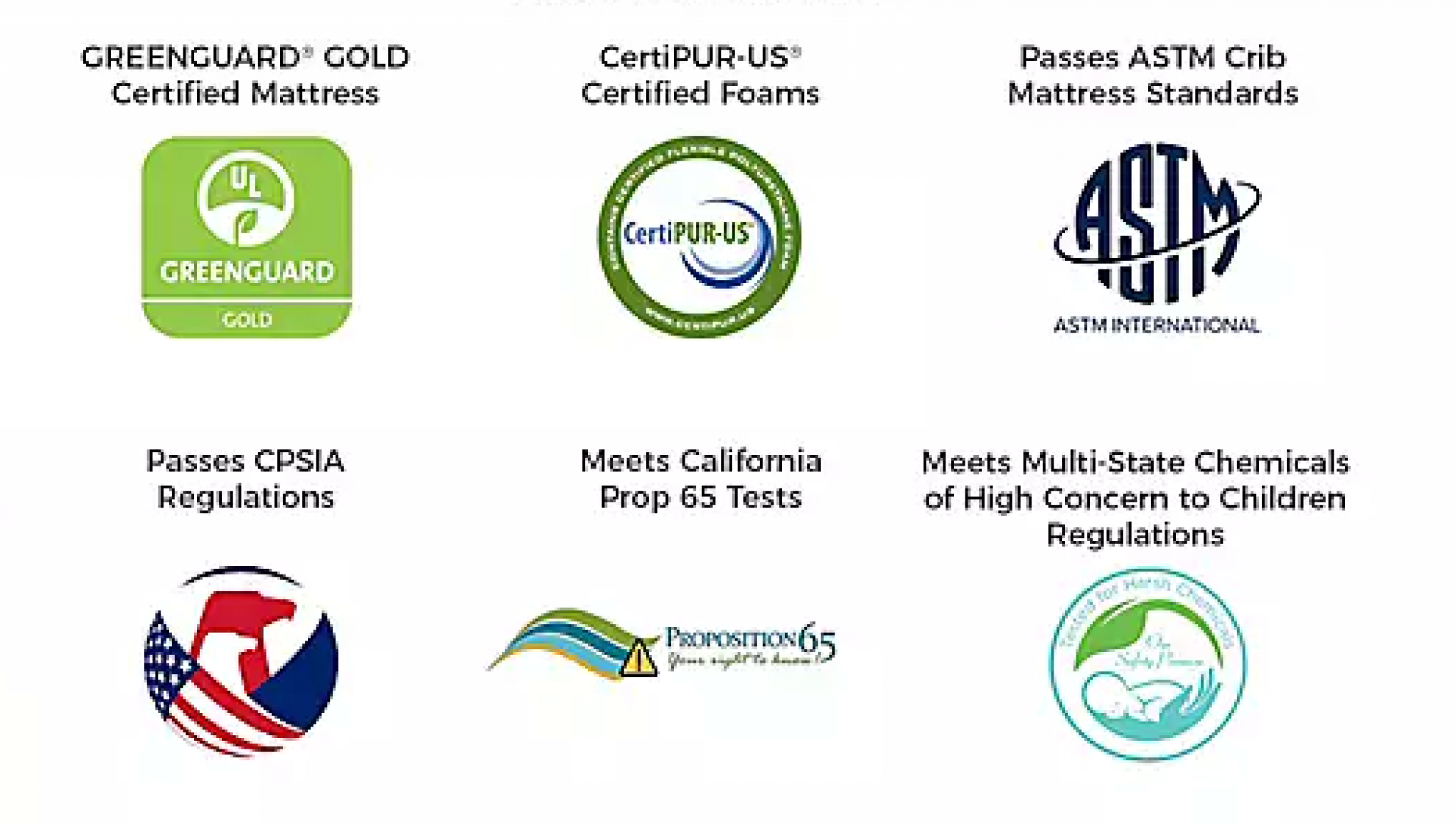





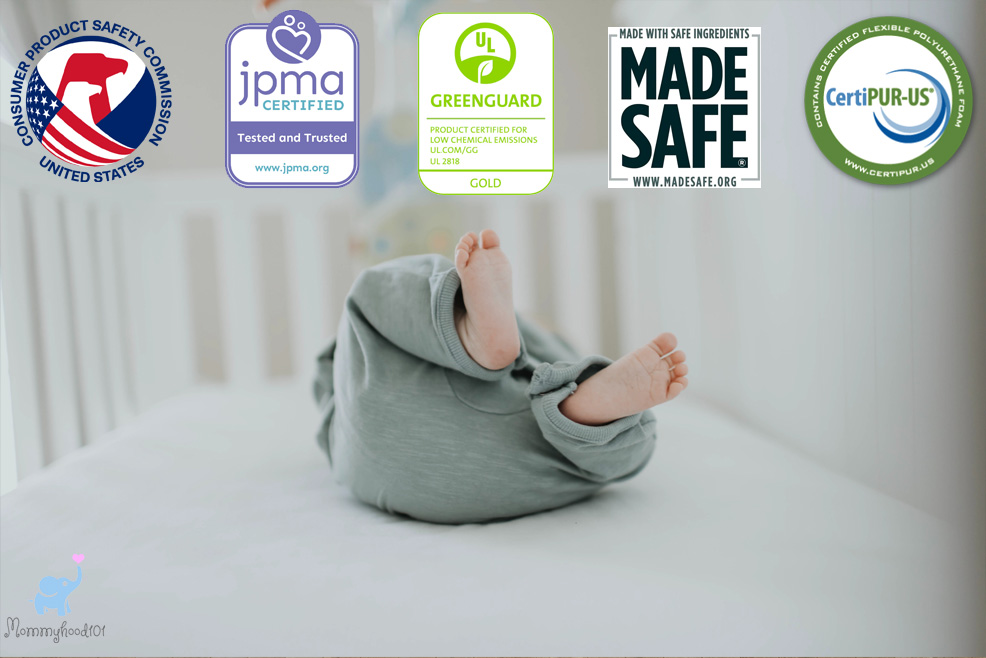

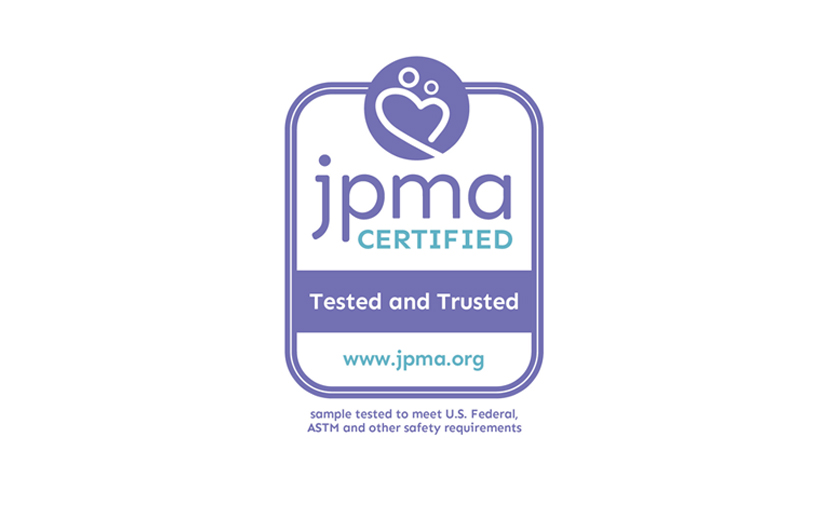

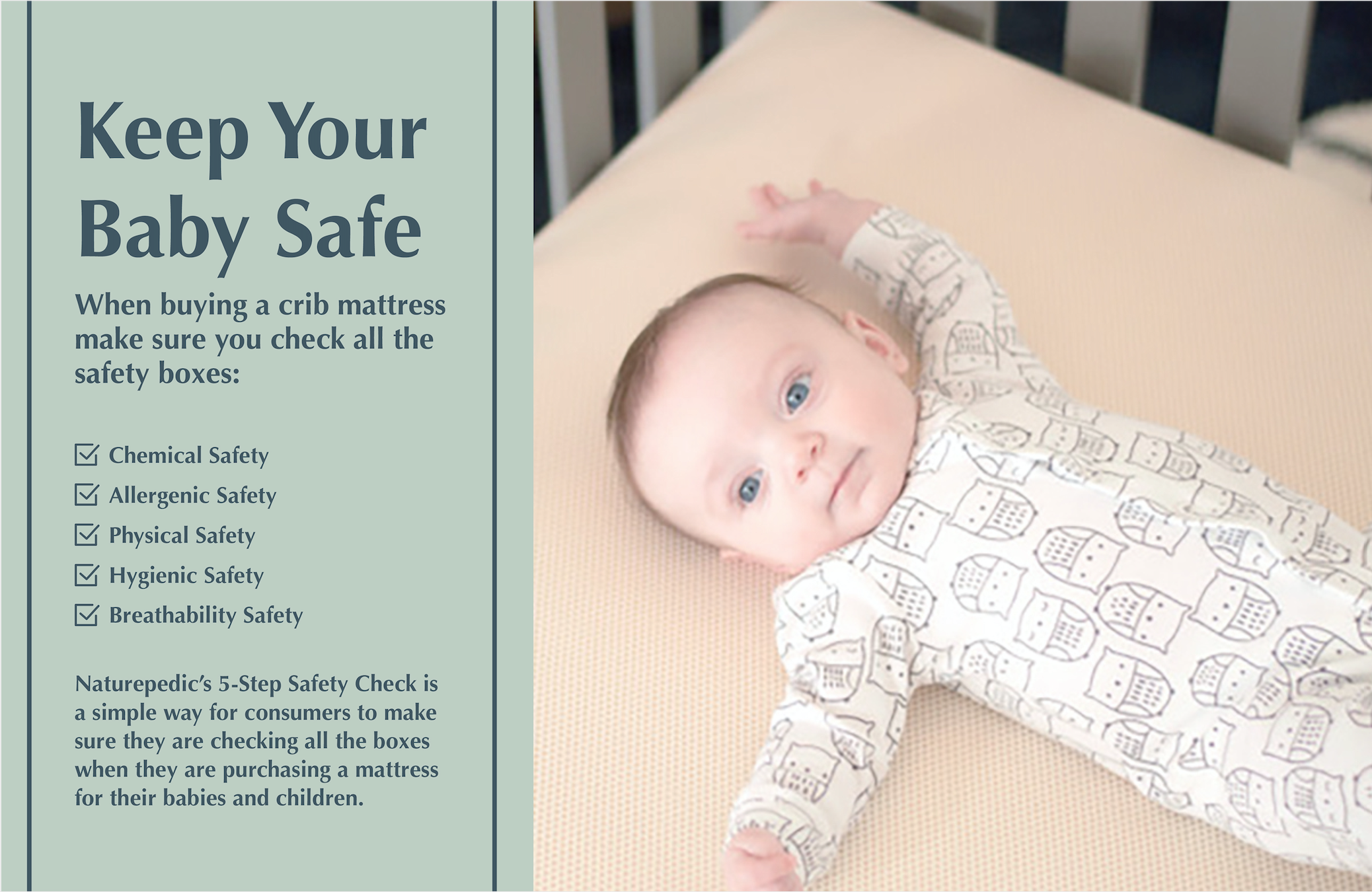








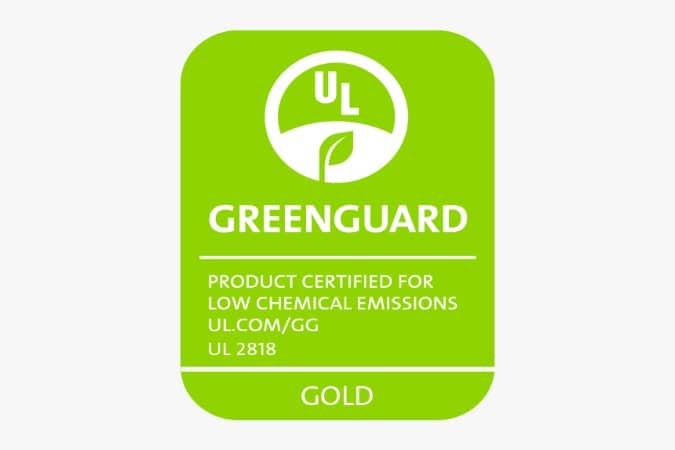

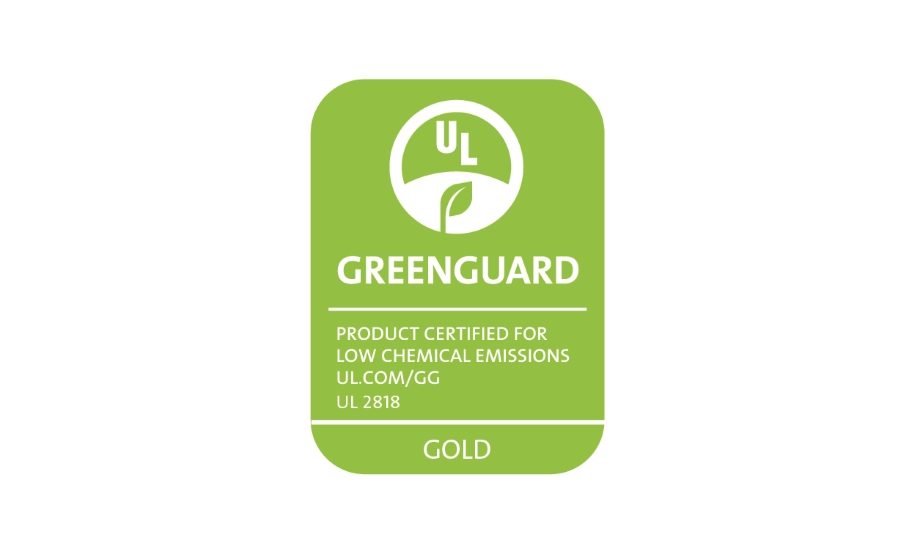

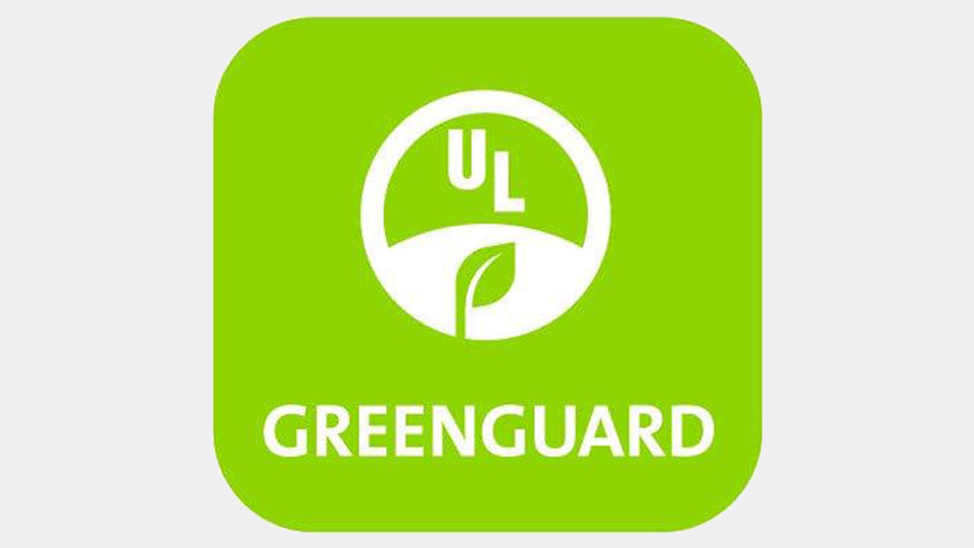





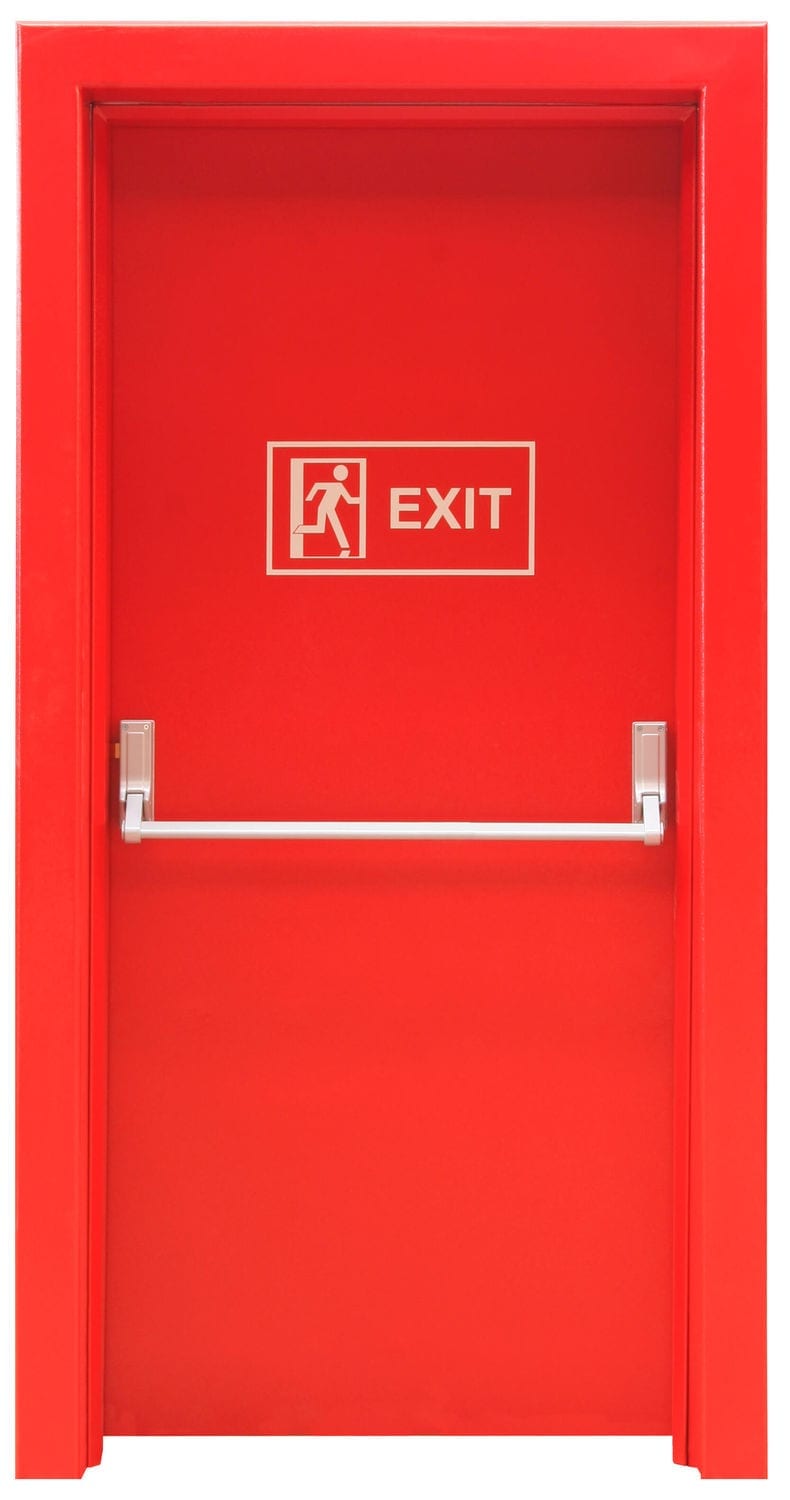

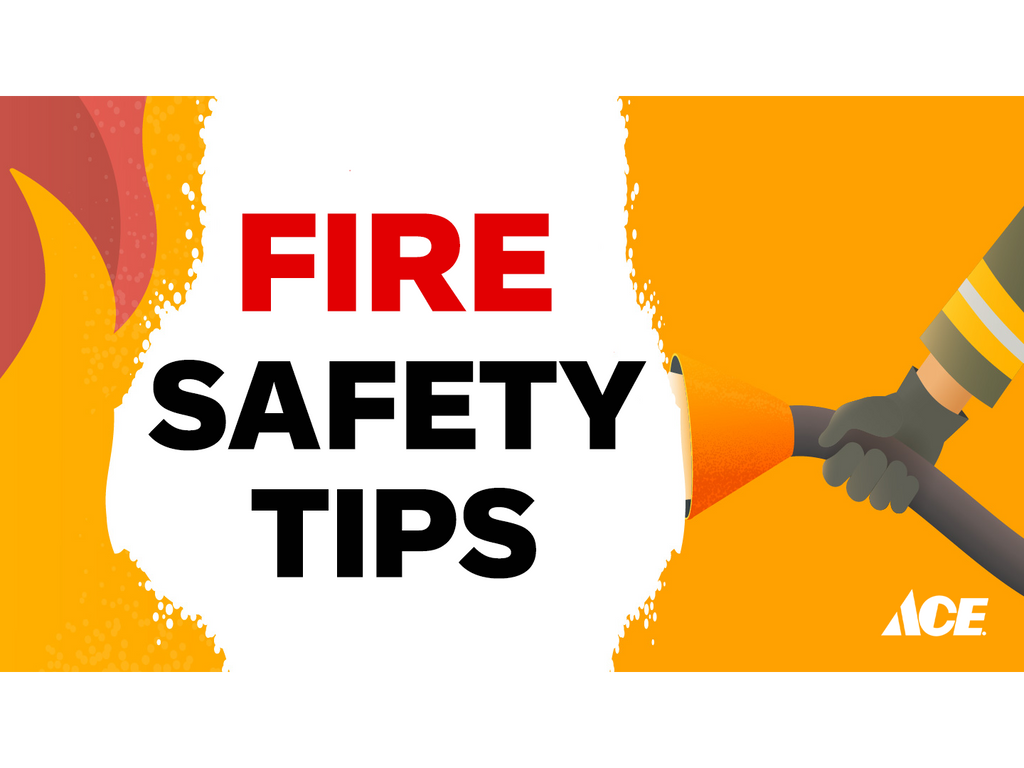


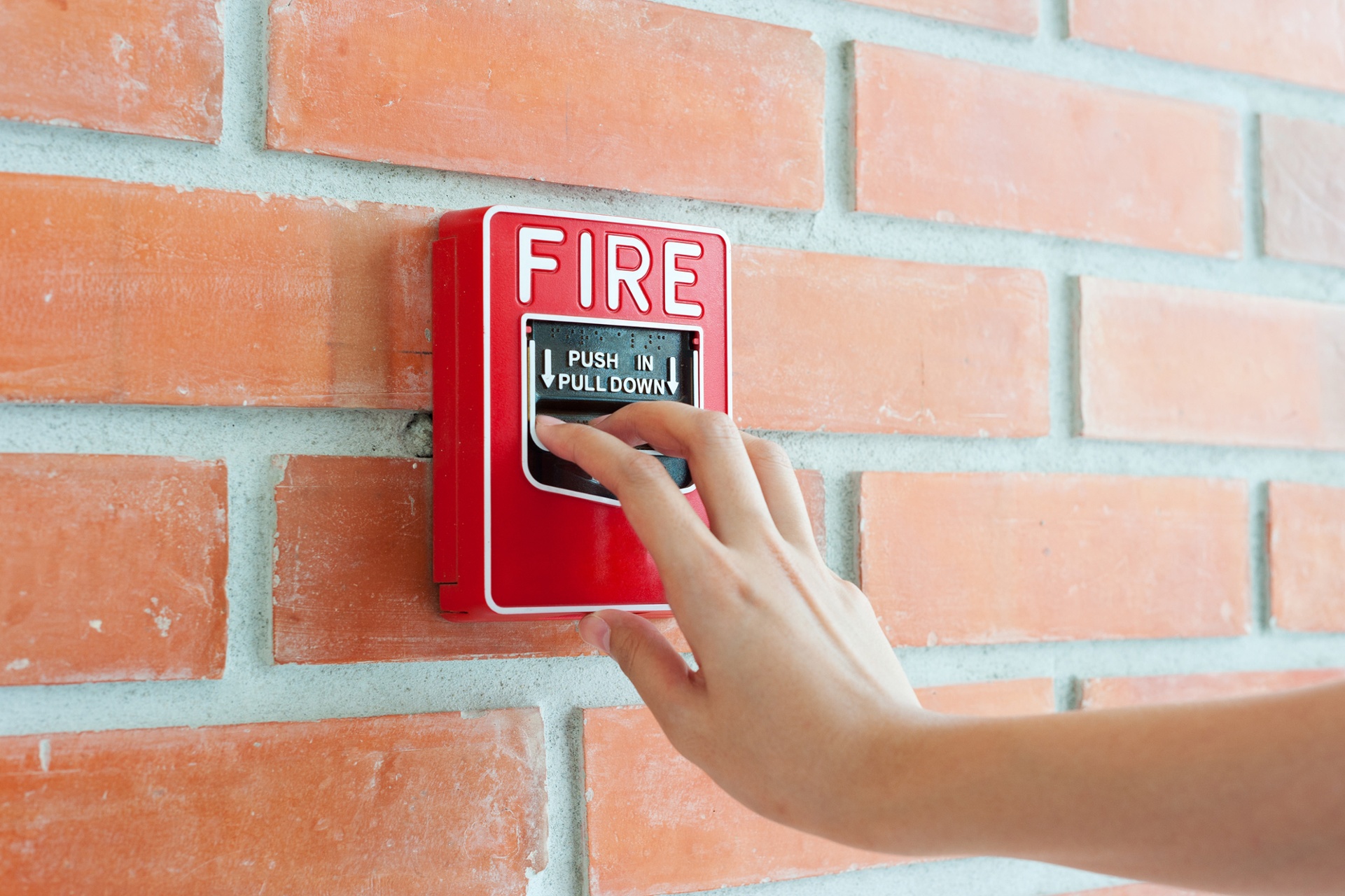

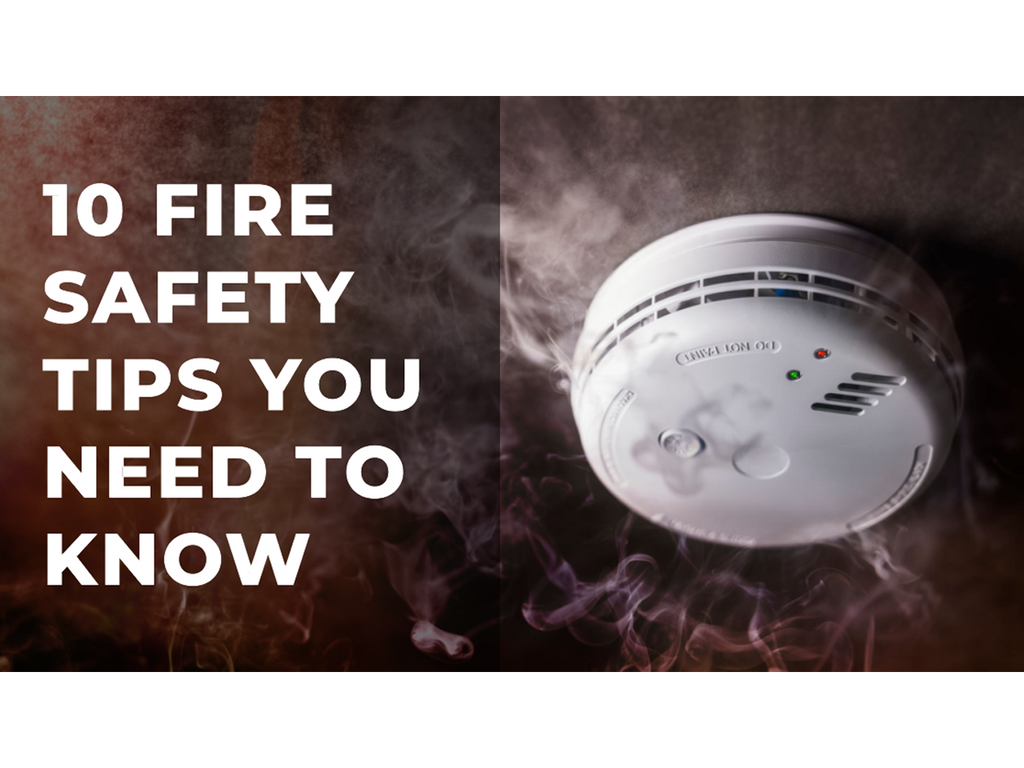






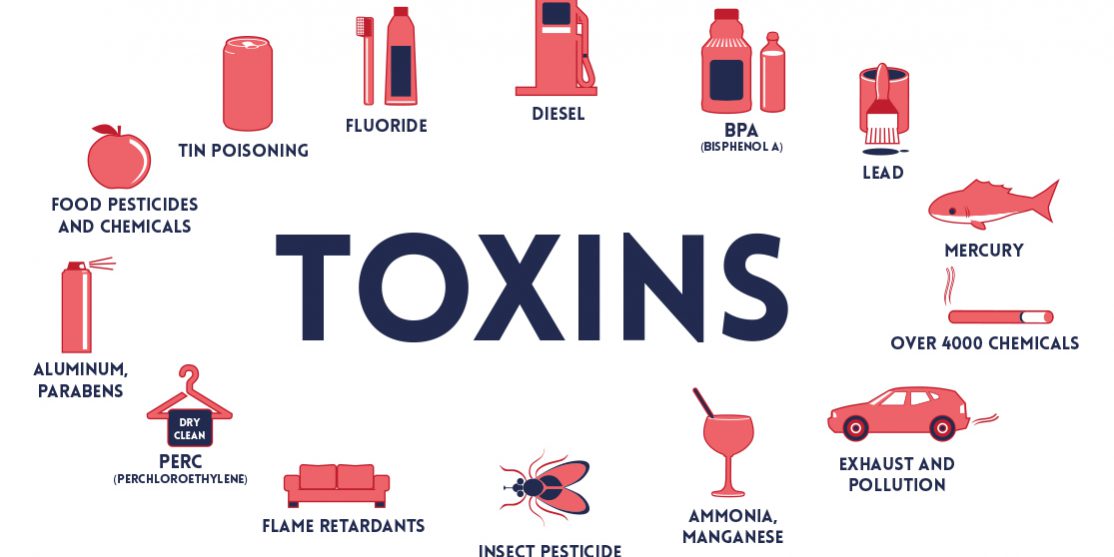







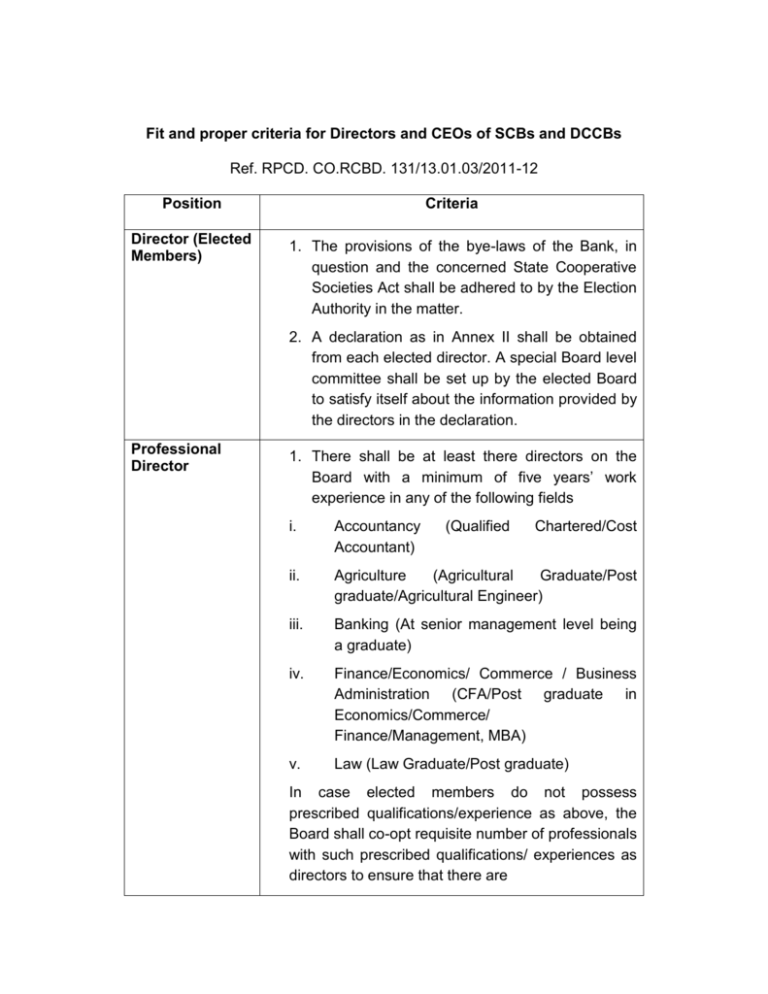


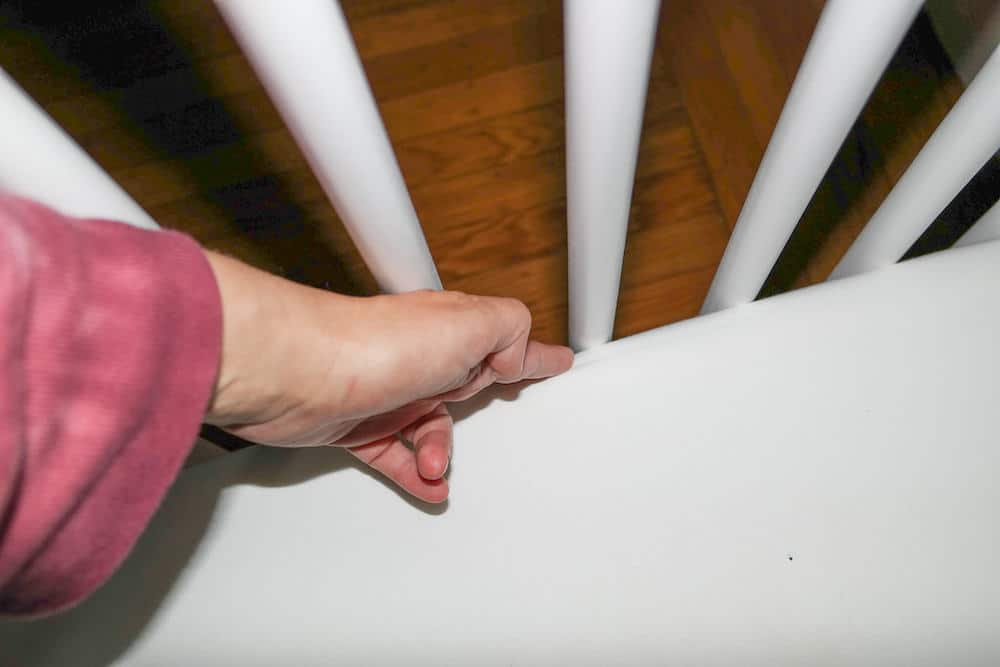
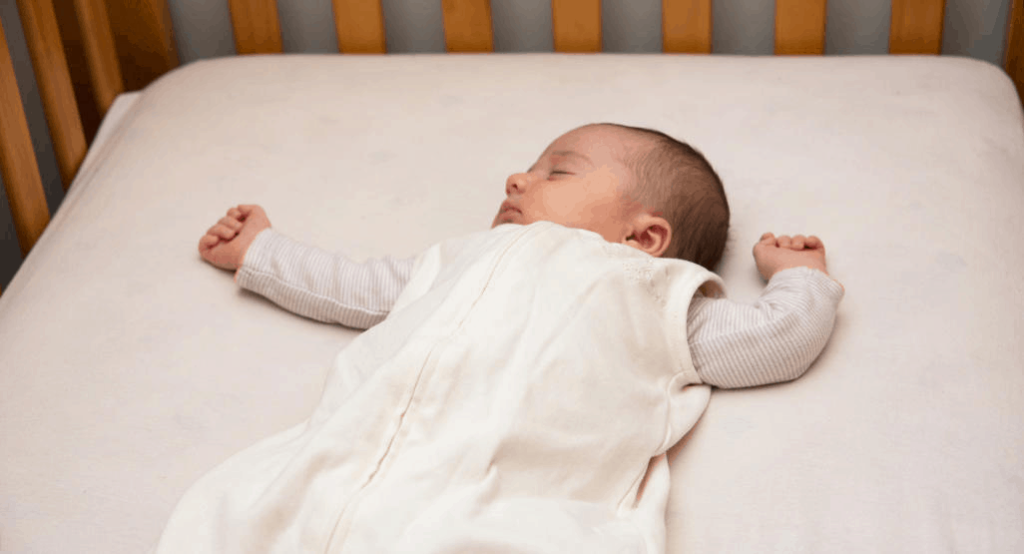




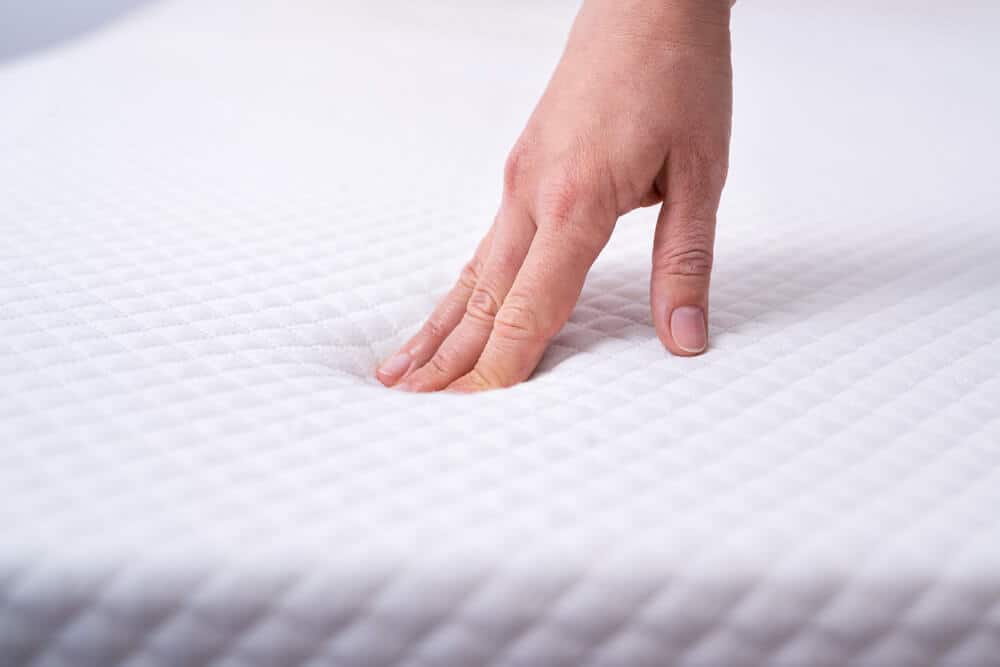





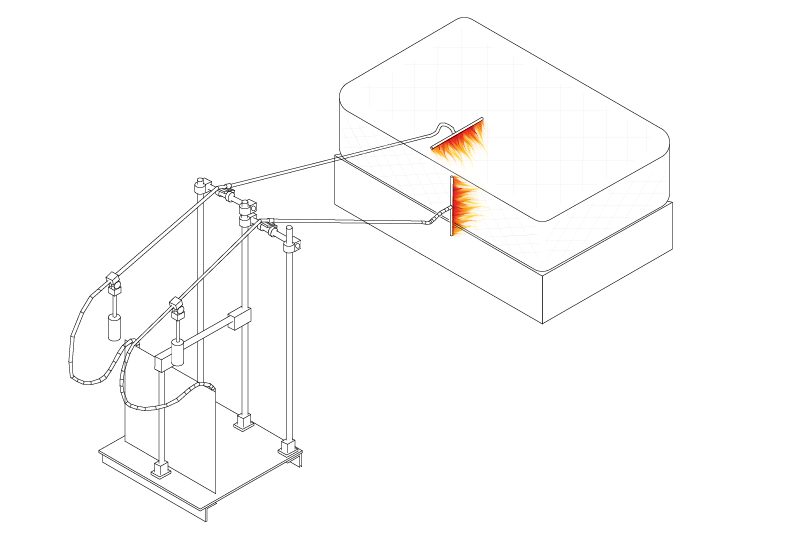


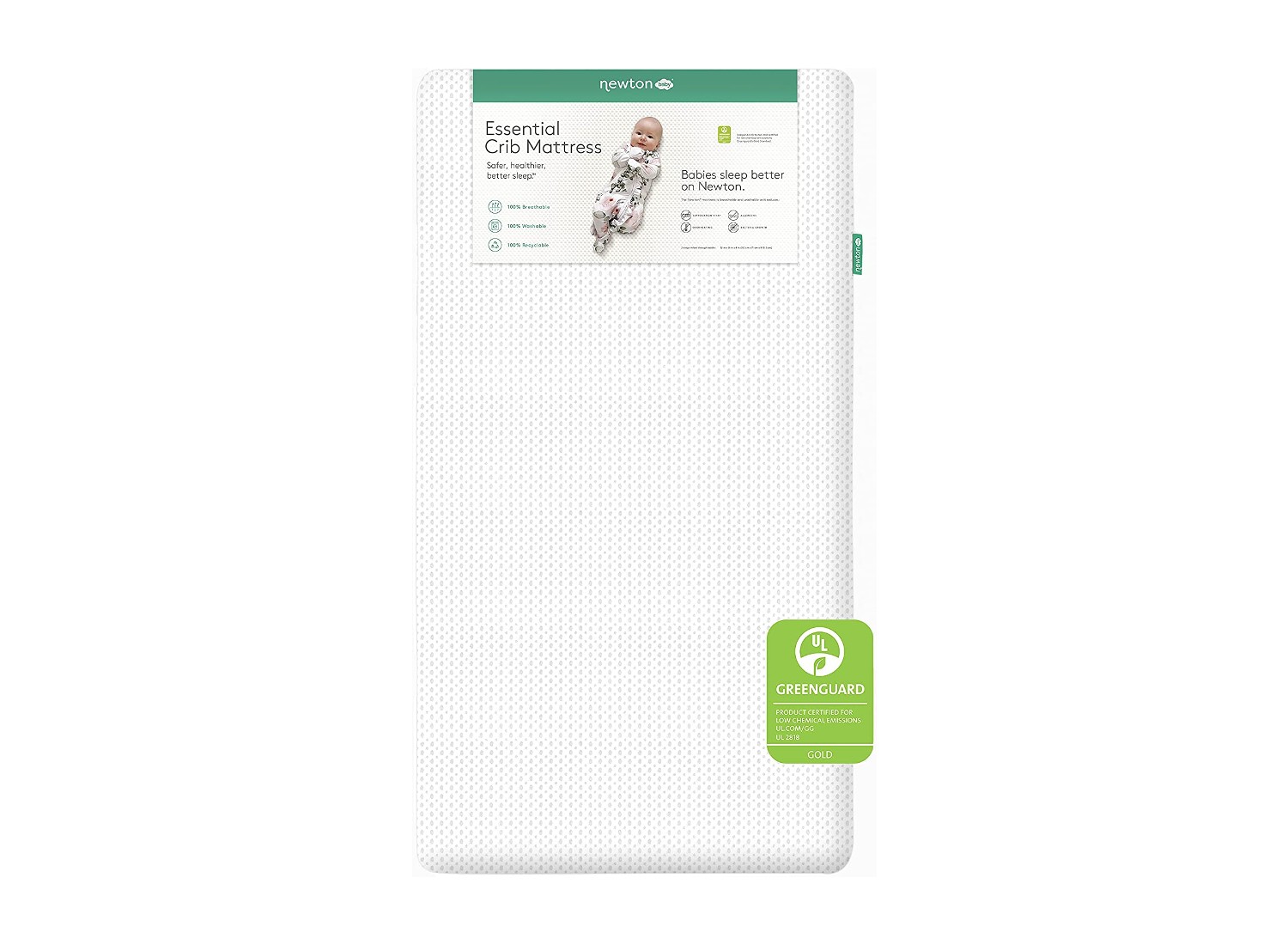
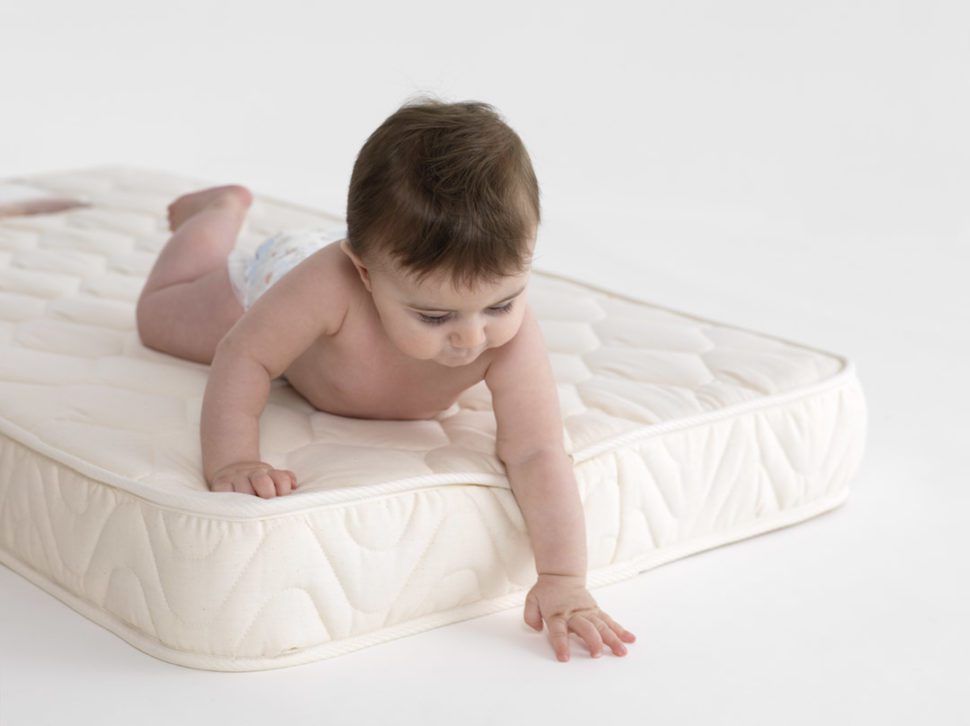






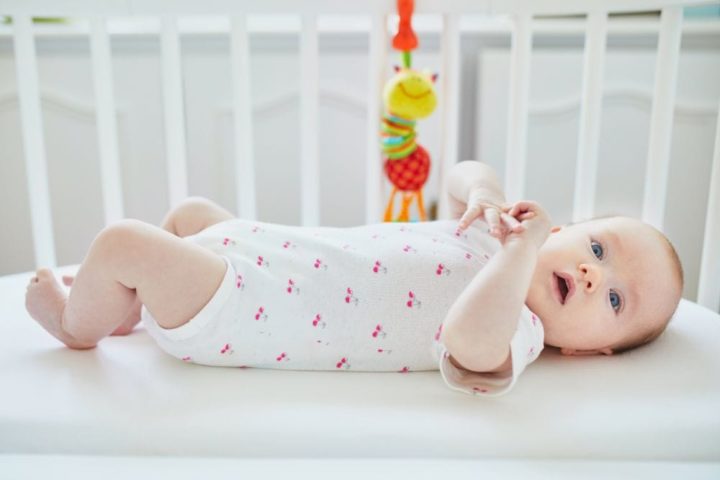



/ButterflyHouseRemodelLivingRoom-5b2a86f73de42300368509d6.jpg)


